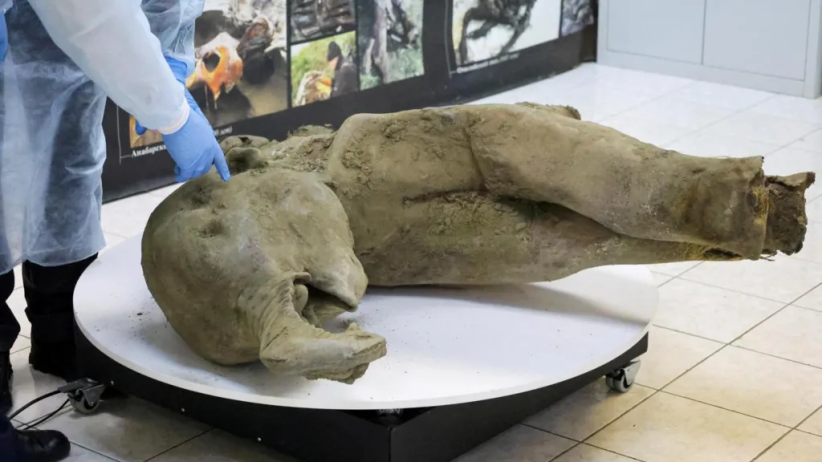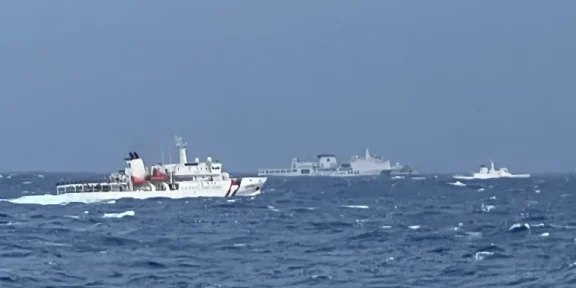Russian scientists unveiled the remains of a 50,000-year-old baby mammoth in thawing permafrost in Siberia’s remote Yakutia region this summer.
Named “Yana” after the river basin where she was discovered, the mammoth is the world’s best-preserved carcass.
Weighing over 100kg and measuring 120cm tall and 200cm long, Yana was about one year old when she died.
Before this, only six similar discoveries existed globally—five in Russia and one in Canada.
Residents found Yana in the Batagaika crater, the world’s largest permafrost crater.
“They were in the right place at the right time,” said the head of the Lazarev Mammoth Museum Laboratory.
“They saw the mammoth had almost completely thawed and built a makeshift stretcher to lift it to the surface,” said Maxim Cherpasov.
“The trunk often thaws first and is eaten by predators or birds,” he told Reuters.
“Though the forelimbs were eaten, the head remains remarkably well-preserved,” he added.
Gavril Novgorodov, a museum researcher, told Reuters the mammoth likely got trapped in a swamp and was preserved for tens of thousands of years.
Scientists are studying Yana at North-Eastern Federal University in Yakutsk and conducting tests to confirm when she died.
Yana is not the only prehistoric discovery in Russia’s thawing permafrost.
Last month, scientists showed off a partial, mummified sabre-tooth cat, about 32,000 years old.
Earlier this year, they uncovered a 44,000-year-old wolf’s remains.






























